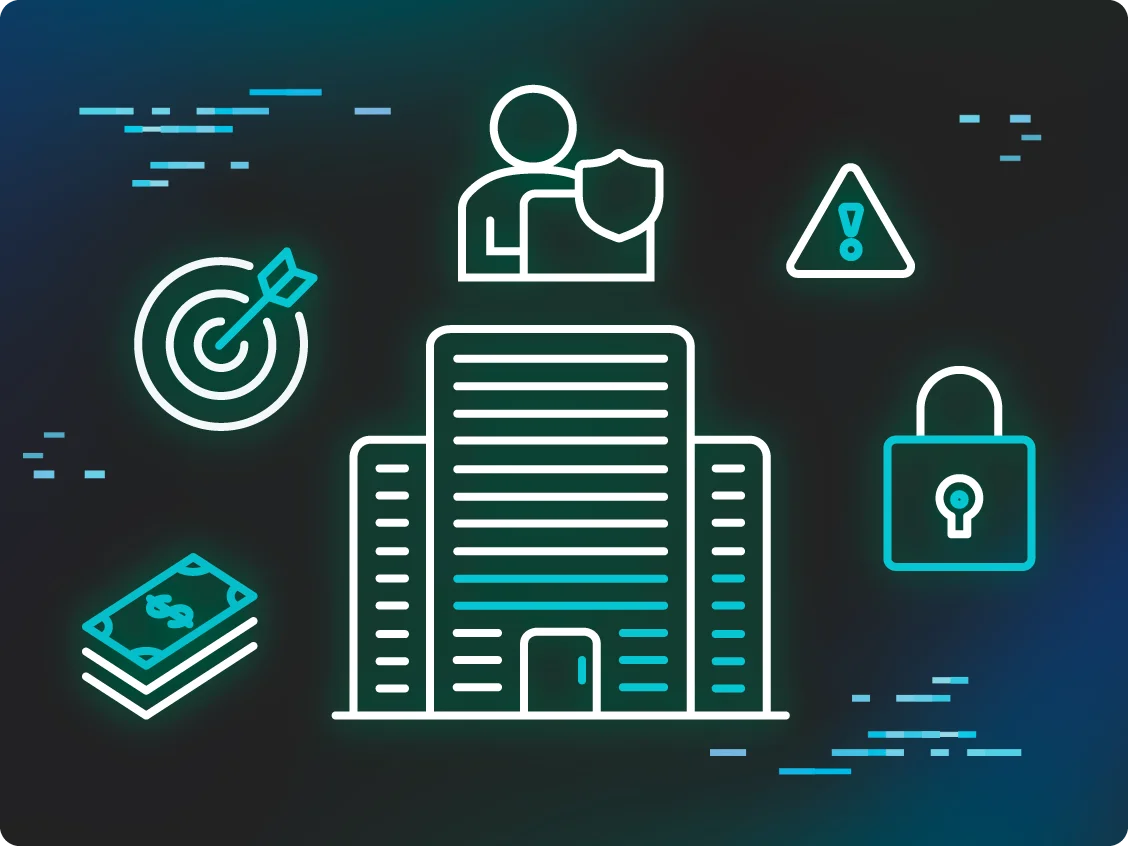The 2024 National Public Data Breach was one of the largest and most devastating cyber incidents in recent history. Targeting critical government infrastructure and private sector partners, this breach exposed sensitive information belonging to millions of individuals. Its impact rippled through various industries, raising alarm across cybersecurity communities due to its unprecedented scale.
National Public Data Breach explained: what happened?
The National Public Data Breach was first discovered in August 2024. It was part of a larger coordinated cyberattack targeting both government agencies and private enterprises. Attackers infiltrated systems using a combination of phishing and unpatched vulnerabilities, leading to the exposure of Personally Identifiable Information (PII), financial records, and confidential documents.
When did the National Public Data Breach happen?
The breach unfolded over several months, with initial signs of compromise detected in late June 2024. By August 2024, major leaks and vulnerabilities surfaced, prompting public disclosure and remediation efforts.
Who hacked National Public?
The identities and motivations behind the National Public Data Breach remain unknown. However, cybersecurity investigators suggest the attack may have originated from a highly organized cybercriminal group leveraging advanced persistent threat (APT) techniques.
How did the National Public Breach happen?
This breach occurred through a combination of phishing campaigns and exploitation of outdated software vulnerabilities. This allowed bad threat actors to gain unauthorized access to internal systems, escalate privileges, and exploit sensitive data.
National Public Data Breach timeline
June 2024 – Early system compromises detected.
July 2024 – Unauthorized access escalates; attackers gain deeper persistence.
August 2024 – Public disclosure of the breach after the first wave of leaks.
September 2024 – Initial remediation and recovery efforts initiated.
Technical details
The attackers used sophisticated malware to establish persistence and moved laterally across networks using stolen admin credentials. Data exfiltration was executed through encrypted file transfers to obscure detection.
Indicators of Compromise (IoCs)
Some identified IoCs included malicious IPs associated with remote access, phishing domains, and file hashes for the malware deployed.
Forensic and incident investigation
Internal teams and third-party specialists worked together to assess the full extent of the breach. Key findings indicated gaps in patch management and a lack of monitoring for unusual outbound network traffic.
What data was compromised in the National Public Breach?
The breach exposed a wide range of sensitive data, including PII like names, Social Security numbers, and addresses, as well as financial records and governmental documents. Unfortunately, much of this data was unencrypted at the time of exfiltration.
How many people were affected by the National Public Data Breach?
While the exact number remains uncertain, it’s estimated that over a billion individuals were directly or indirectly impacted by the breach.
Was my data exposed in the National Public Breach?
Affected individuals were notified by impacted institutions, and resources such as data breach lookup tools were made available. If unsure, it’s wise to check with your service provider or government agency for further guidance. Worried your email address might have been caught up in a breach? You’re not alone. A great free resource to check is Have I Been Pwned. By entering your email address, you can quickly find out if your information has been exposed in any known breaches and take action to secure your accounts.
Key impacts of the National Public Breach
The breach caused significant business downtime, financial losses, and reputational fallout for affected organizations. Government agencies faced public criticism, and trust in data security practices declined.
Response to the National Public Data Breach
Upon discovery, organizations coordinated with authorities like the FBI and CISA to contain the attack. Public advisories and incident response plans were rolled out to mitigate further risks.
Lessons from the National Public Data Breach
This breach highlights the importance of patch management, robust phishing defenses, and regular system audits. Organizations must prioritize cybersecurity awareness and invest in real-time threat detection.
Is National Public safe after the Breach?
Post-incident, affected systems underwent significant upgrades, including enhanced monitoring and vulnerability assessments. Experts believe mitigations have reduced immediate risks, though ongoing vigilance is essential.
Mitigation & prevention strategies
Implement Multi-Factor Authentication (MFA): Strengthen account access by requiring multiple verification steps to prevent unauthorized entry.
Regular Software Updates and Patching: Keep systems and applications up-to-date to eliminate vulnerabilities exploited by attackers.
Conduct Regular Security Training: Educate employees on recognizing phishing attempts, handling sensitive data, and following cybersecurity best practices.
Enable Advanced Threat Detection Systems: Deploy cutting-edge tools to monitor and identify suspicious activity in real-time across networks.
Data Encryption: Protect sensitive information by ensuring all data, at rest and in transit, is encrypted effectively.
Routine Risk Assessments: Frequently evaluate systems to identify weaknesses and address them proactively.
Network Segmentation: Limit the spread of potential breaches by isolating critical systems from non-critical ones.
Backup Critical Data: Create regular, secured backups to ensure data recovery in the event of a cyberattack.
Restrict Access Privileges: Adopt the principle of least privilege to limit user access to only what's necessary for their role.
Establish an Incident Response Plan: Develop a clear, actionable plan to contain and recover from security breaches swiftly.
Related data breach incidents
Ticketmaster
Ashley Madison
Snowflake Data Breach
Equifax
Related educational articles & videos
National Public Data Breach FAQs
The breach occurred due to phishing attacks and the exploitation of unpatched vulnerabilities, which allowed attackers to gain access and exfiltrate sensitive data.
Exposed data included PII such as names, Social Security numbers, and addresses, as well as financial and governmental records.
The threat actors remain unidentified, although evidence points to an APT group using advanced techniques.
Businesses should prioritize patch management, use MFA, educate employees on phishing, and deploy tools for threat monitoring and detection





Protect What Matters








